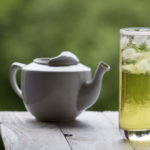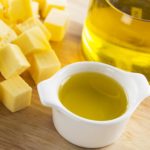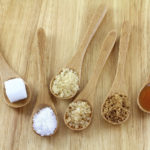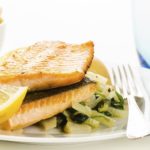Popcorn Pleasures?
I eat a lot of popcorn – mostly air-popped. How does this contribute to my fiber intake? How much popcorn would I have to eat to get the recommended amount of fiber?
Andrew Weil, M.D. | July 22, 2008
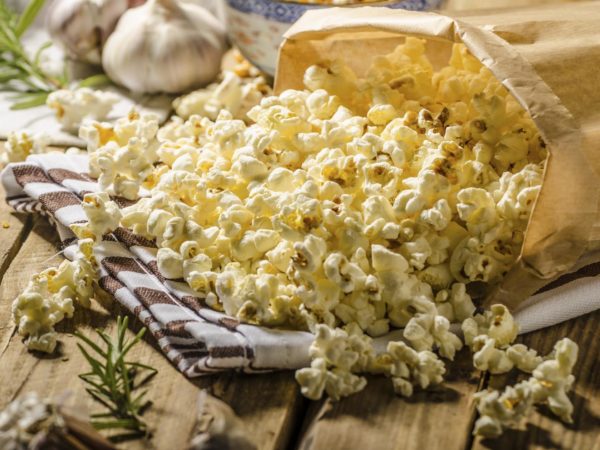
If you eat a lot of popcorn you’re probably consuming more fiber and whole grains than most Americans. A survey published in the May 2008 Journal of the American Dietetic Association found that among popcorn eaters (about six percent of a nationally representative sample of 15,506 individuals), average consumption was about 12 cups daily, which provides 2.5 servings of whole grains (considerably more than the national average of 0.70 servings) and 18.1 grams of fiber versus the average of 14.9 grams per day.
The survey found that popcorn eaters had higher overall grain consumption (and lower meat consumption) than people who didn’t eat popcorn; they also took in more carbohydrate and magnesium, but less protein, niacin, and folate (although they still received adequate amounts).
However, the survey didn’t find any relationship between eating popcorn and cardiac risk factors such as obesity and high cholesterol, even though eating whole grains is associated with lower risk of heart disease and diabetes. The study was funded by ConAgra Foods, which packages and distributes several brands of popcorn.
If you eat as much popcorn as the survey participants, you’re getting almost half of your daily fiber needs from one source. I recommend getting 40 grams of fiber daily from a variety of foods including bran cereals, beans, vegetables, fruit, whole grains, ground flaxseed and psyllium seed. The reason is that there are various types of fiber, each with its own benefits.
Be aware that if you prepare popcorn with oil, every tablespoon adds 120 calories and 13 or 14 grams of fat (more than 20 percent of the amount you should consume daily on a 1,800-calorie diet). A tablespoon of melted butter adds another 100 calories. A teaspoon of salt adds 2,400 mg of sodium, twice what we need per day. When buying commercially prepared popcorn, check the nutritional information for the percentage of calories from fat – you may find that fat accounts for as much as half the total calories. One way to cut fat and salt is to add other flavors to your popcorn. I like popcorn sprinkled with a little tamari, some nutritional yeast, garlic powder and, sometimes, cayenne pepper. Or try it with chili powder, a little grated Parmesan cheese or dried dill. If you don’t use oil, mist the popcorn lightly with a little purified water before adding dry flavorings to help them stick.
Andrew Weil, M.D.







